Dining With a Dutch Master
Great Dutch painters have come in threes. In the Golden Age, there were Rembrandt, Hals, and Vermeer. And in the modern era, there were van Gogh, Mondrian, and Appel.
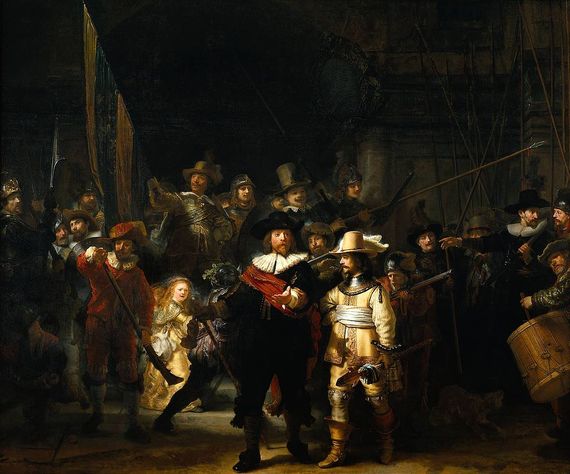 |
|
Image courtesy Wikimedia Commons. |
Appel is much the most neglected of this illustrious group. But it has just become much easier, and more enjoyable, to rectify this.
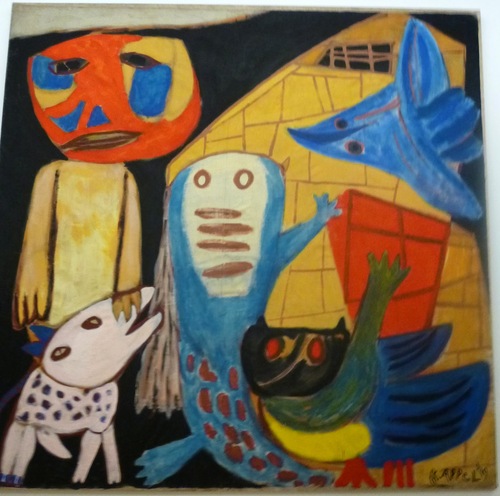 |
|
Image courtesy of the Stedelijk Museum. |
Every year, vast numbers of cultural tourists travel to Holland to enjoy the work of these geniuses in their native environment. All six are represented at the Rijksmuseum; the three Old Masters are also featured at the Mauritshuis; Hals is featured at Haarlem's Frans Hals Museum; the three moderns are featured at the Stedelijk; van Gogh has his own museum; Mondrian is amply represented at the Hague's Gemeentemuseum; and Appel is featured at the Cobra Museum in Amstelveen.
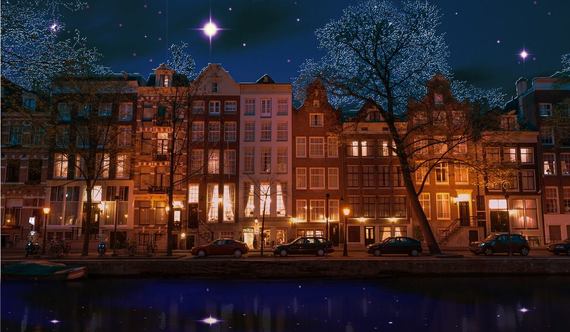 |
|
Image courtesy of the Ambassade Hotel. |
But now, tourists in search of great art do not have to stop their quest when the museums close. For they can now have drinks and dinner with the work of Karel Appel and his friends at Amsterdam's recently opened Brasserie Ambassade.
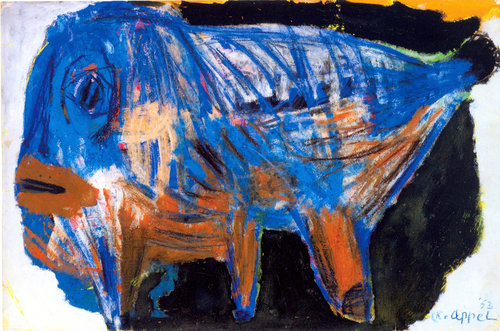 |
|
Image courtesy of the Ambassade Hotel, Amsterdam. |
The Ambassade Hotel, on Amsterdam's elegant Herengracht, has one of the best private collections of the art of Cobra, a movement created after World War II by a group of Northern European painters and poets. Appel was the key figure in Cobra's Dutch wing, and his art blended the discoveries of Picasso, Kandinsky, Miró, Klee and Dubuffet to conjure up an imaginary world inhabited not only by miniature humans, but by entirely new species of animals and ghostly spirits.
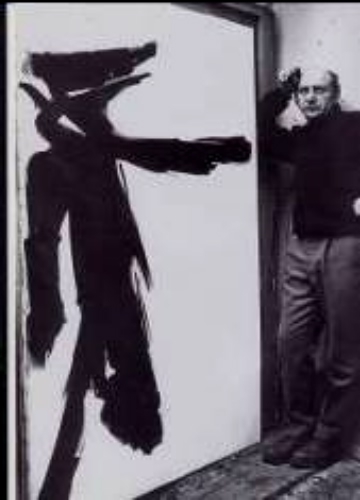 |
|
Image courtesy of the Ambassade Hotel. |
The Ambassade has now opened a bar - perhaps to be named the Appel Bar - and a restaurant. Both are of extremely high quality, as would be expected of a hotel that is consistently ranked in the single digits on Tripadvisor, and both feature major paintings by Appel and his Cobra colleagues. The Brasserie's art includes Appel's wonderful Animal, a quixotic fish-monster that hovers benevolently over the restaurant in a beautiful range of greens and blues, as well as the magisterial Gabriel by Theo Wolvecamp, one of Appel's closest friends. The Appel Bar is guarded by the Watch Cat, a creation of the Danish Cobra painter Asger Jorn that Jorn's former partner identified as a self-portrait of the artist.
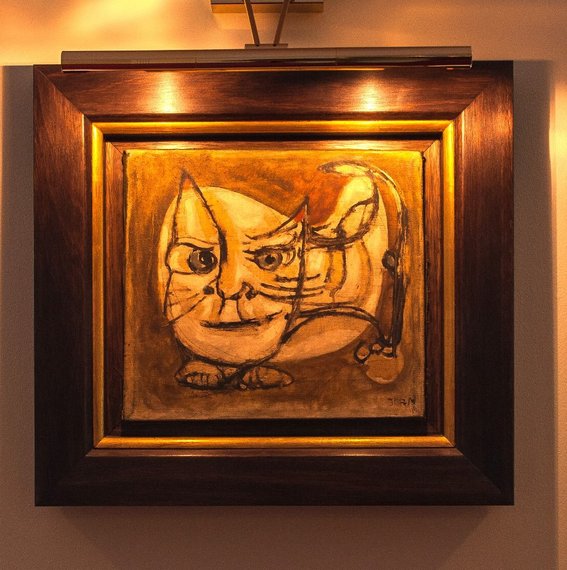 |
|
Image courtesy of the Ambassade Hotel. |
The art of Cobra is colorful, beautiful, and playful. It was made by an ambitious group of struggling young artists, who invented new forms intended to transform traditional folk art into a new kind of advanced art, accessible to all. The movement's life span was short but intense, and it left behind paintings based on expression, spontaneity, and the subconscious. It is difficult to find a more beautiful or enjoyable setting in which to see the art of Cobra than at a table overlooking the historical Herengracht canal in the Brasserie Ambassade. If you have a drink at the Appel Bar, or dine in the Brasserie, you will never forget having dinner with Karel Appel and his friends.
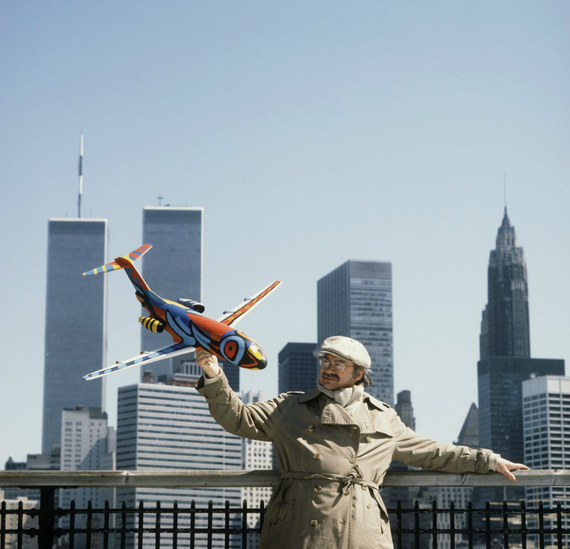 |
|
Image courtesy of the Stadsarchief (City Archives), Amsterdam. |




